How to Do the Bear Crawl Exercise
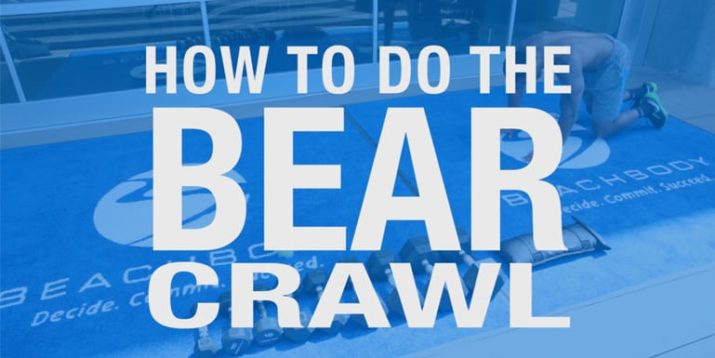
Whether it’s part of a backlash against overly complicated high-tech fitness or a yearning for more playful workouts via primal movement or animal flow, bodyweight exercises like the bear crawl have gained considerable popularity in recent years.
It’s not uncommon to see groups of adults bear crawling, rolling, jumping, and climbing while nearby weights and cardio equipment sit untouched.
And perhaps that is the biggest reason for the popularity of the bear crawl and other bodyweight exercises: They don’t require equipment.
Grab a patch of lawn, an empty conference room, or a corner of the playground, and get ready to reap the bear crawl’s benefits, of which there are many.
Bear Crawl Exercise: Step-by-Step Instructions
The bear crawl exercise is easy to get wrong. Done correctly, you’ll maintain a rigid core and a flat back throughout the move. But if you get too fast and loose with it, you’ll lose that core stability and increase the strain on your spine instead of minimizing it. Watch below and learn how to perform the bear crawl with proper form.
Muscles targeted: Core
Featured in: Tough Mudder T-MINUS 30, available on BODi.
- Get on all fours with your hands directly under your shoulders, and your knees bent 90 degrees below your hips and hovering a few inches above the ground. This is the starting position.
- Keeping your back flat and core engaged, move forward using a “cross-crawl” pattern, simultaneously moving opposite hands and feet together (i.e., left hand and right foot, right hand and left foot).
- Continue moving forward with opposite hands and feet in unison for the specified number of steps, then reverse the movement to work your way back.
Bear Crawl Mistakes to Avoid
DON’T round your back. Instead, maintain a neutral spine the entire time.
DON’T raise your hips above shoulder level.
DON’T raise your knees more than a few inches off the floor.
DON’T extend your legs too far behind you or reach too far forward with your arms — take small steps, and keep your arms and your thighs roughly perpendicular to the floor.
DON’T dump all your weight into your wrists. Keep your hands engaged and active by pressing through all parts of them evenly.
Benefits of the Bear Crawl
The bear crawl exercise imparts many key benefits.
1. Works the upper body and core
The bear crawl exercise effectively targets the muscles of the upper body, explains Trevor Thieme, C.S.C.S.
“It strengthens and builds endurance in the chest, arms, and shoulders, but you’ll also feel the burn in your abs, making it an effective six-pack builder,” he says.
In addition to the aforementioned muscles, the bear crawl also fires up your glutes, quadriceps, back extensors, and, to a lesser extent, your hamstrings and calves.
Performed correctly, the bear crawl is essentially a traveling plank, which is one of the most effective core exercises of all, according to a study at the University of Waterloo.
2. Builds functional strength
Additionally, the bear crawl is a functional exercise, meaning it trains some of our most primal human movements, building “real world” fitness.
“Perhaps the greatest benefit of performing the bear crawl is that it reinforces the ‘cross-crawl’ pattern, which is a basic, essential movement pattern that babies do naturally, but that many adults have long forgotten how to do effectively,” says Thieme.
He’s referring to contralateral coordination, which is the synchronous movement of opposite limbs (i.e., right arm lifts with the left leg, left arm with the right leg). Such movement also trains your core to work anti-rotationally to prevent excessive twisting into your spine.
The results can be game changing: Greater balance, improved coordination, and increased mobility. That last benefit is key, as greater mobility (i.e., increasing strength through larger ranges of motion) is the secret to unlocking greater strength.
Getting back to basics with the bear crawl, some fitness pros believe, can even strengthen the brain.
3. Challenges your cardiovascular system
And while it may look like child’s play, crawling of any kind is physically taxing. If you want to elevate your heart rate and burn calories, incorporate the bear crawl exercise into your workout or warm-up.
Muscles Targeted by the Bear Crawl Exercise
Like many bodyweight exercises, the bear crawl is a full-body movement. However, you’ll feel it more intensely in the following muscles.
Pecs
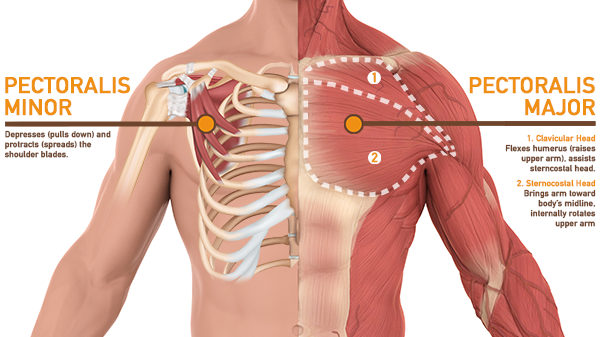
The fan-shaped pectoralis major originates at the clavicle and sternum and attaches to the humerus, raising, adducting (bringing toward the body’s midline), and internally rotating the arms.
Triceps
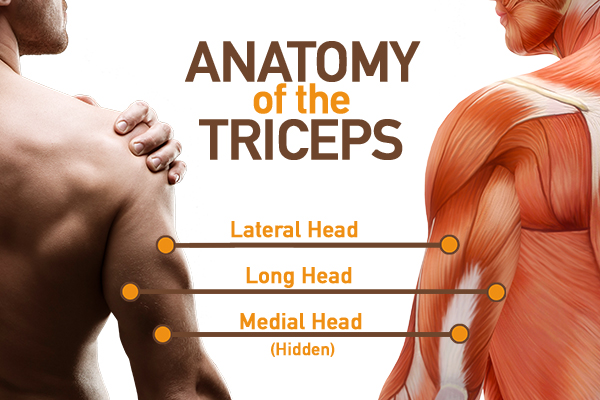
Located on the back of the upper arms, the triceps outwardly rotate the arms and extend the elbows to straighten the arms. It consists of three heads that attach at the scapula and insert at the radius.
Deltoids
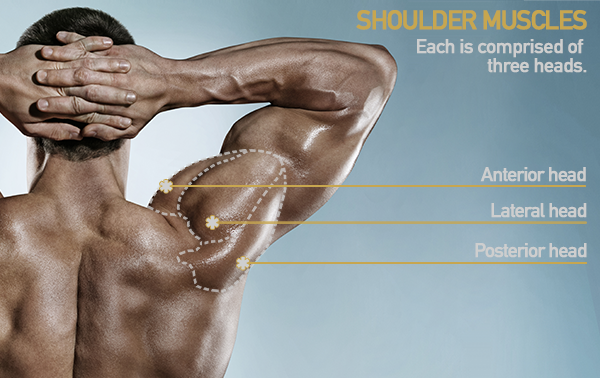
Commonly referred to as the “shoulder muscles,” the deltoids consist of three heads: the anterior, lateral, and posterior. They serve to help raise your arm forward, backward, and out to your sides (abduction).
Rectus abdominis
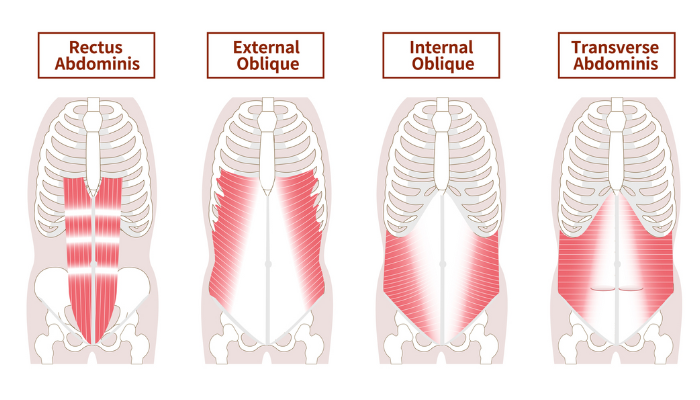
The rectus abdominis (aka the six-pack muscle) originates at the pubic bone and inserts at the ribs and sternum. This muscle flexes the torso, pulling your ribcage toward your pelvis.
How to Make the Bear Crawl Easier
If the bear crawl feels too difficult, you can modify the bodyweight movement to a “baby crawl.” Instead of crawling on your hands and toes, do it on your hands and knees, still focusing on keeping your back flat and core engaged, and following the cross-crawl pattern.
How to Make the Bear Crawl Harder
Up for a bigger challenge? Thieme suggests mixing in lateral (side-to-side) movement with forward and backward bear crawls. Once you master that bodyweight movement, try adding a little hop.
“One of my favorite variations is the lateral bear crawl to jump, in which you crawl laterally for a few steps, jump up, and then repeat in the opposite direction,” says Thieme. “Continue for time. But no matter what variation you do, it’s important to make sure that you use the cross-crawl pattern.”
You can also crawl while gripping a dumbbell in each hand, or do the Spider-Man crawl, increasing the bend in your elbows (so your chest is closer to the ground), and bringing your knee to your elbow on the same side with each rep (i.e., as you move your left arm and right leg forward, bring your right knee to your right elbow, and vice versa).
